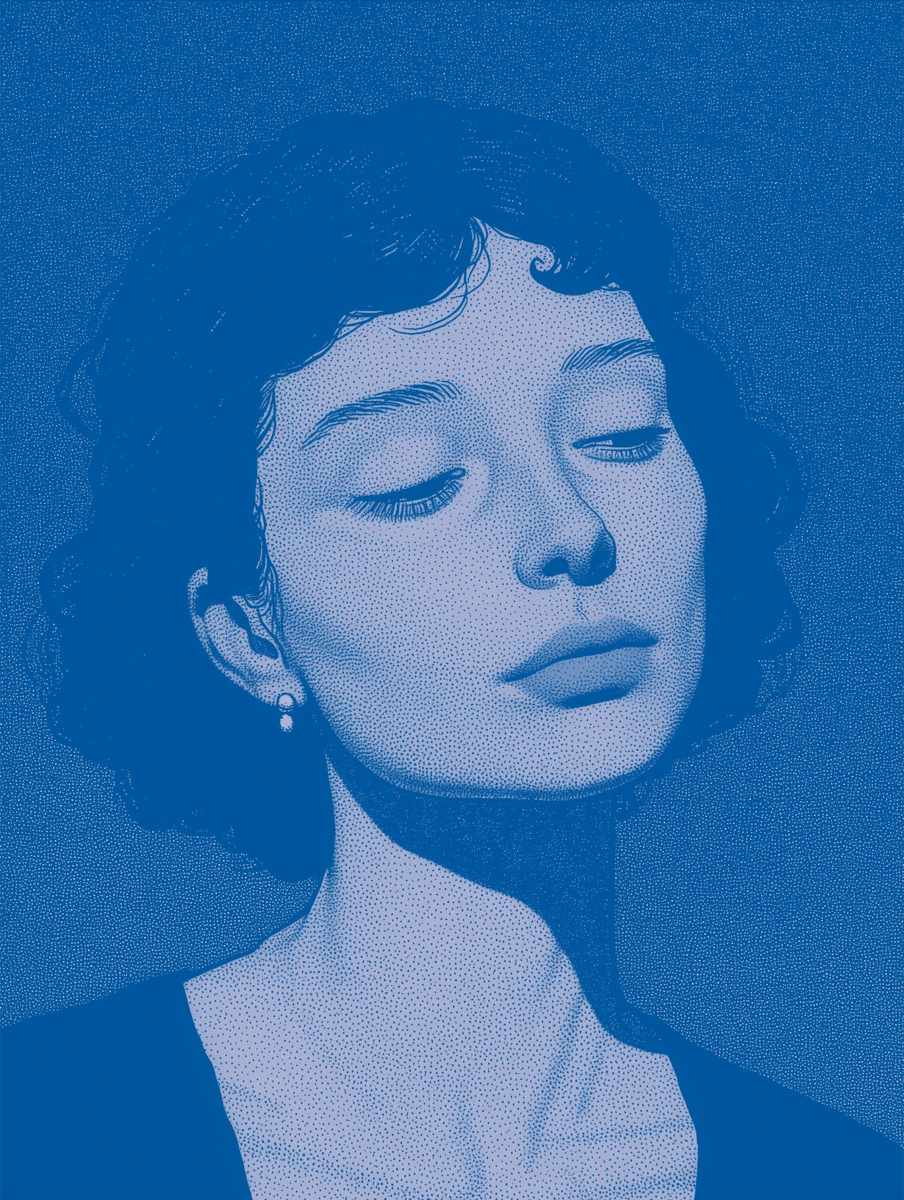Optimising Love
“Have you ever thought about optimising love?” she asked after a few drinks. We were in a quiet Victorian bar with a high ceiling and wooden and leathery decor.

“Have you ever thought about optimising love?” she asked after a few drinks. We were in a quiet Victorian bar with a high ceiling and wooden and leathery decor.
“I don’t think this is a rather appropriate topic,” I replied hesitantly. “Morality aside, there are too many factors at play and the problem is too vaguely defined to be solved properly.”
“Come on, just consider this as a light-hearted thought experiment.” She ordered another drink. “How would you construct such an optimisation, if it was a hypothetical exercise?” The soft drift of someone’s perfume, perhaps the waiter’s as he approached us, pleasantly distracted my thoughts for a moment. It was a sophisticated sandalwood scent.
“Yes, if we construct it right, we can optimise it,” I muttered. The quiet, distant background music, the exquisite drift of that brief fragrance encounter, and the third drink served encouraged me to tackle the question.
“There are two processes to optimise for. Searching for love and deciding whether that is the one. Which one do you want?” I asked.
“Entertain me.” She leaned back against the soft leather sofa, sipping her drink.
I continued. “So for the searching process, we can construct it as an optimal stopping optimisation.” By this I referred to the research done by Peter Todd, professor of informatics and cognitive science at Indiana University. There is even a term for this, satisficing, a combination of satisfy and suffice. According to Prof Todd, the searching process for an ideal love boils down to this: “Do you keep searching and hope someone better will come along, or do you stop searching and settle down when you find someone who overall is pretty good?”
A similar concept is described in the book Algorithms to Live By, which discusses optimal stopping. How do you know when to stop searching, and whether the person you decide to settle on is a good enough outcome when you lack complete information about your options?
According to the book, the optimal strategy involves exploring and rejecting the first few suitors no matter how good they are. This allows you to establish a baseline first and then choose the next best option that exceeds it. This optimal point turns out to be 1/e, or about 37 percent. Reject 37 percent of the choices to establish a baseline, then choose the next person who exceeds it.
Prof Todd offers a more practical translation of this 37 percent figure. He agrees that the best strategy is to date enough people to establish some baseline standards, then settle down with the next person who exceeds them. According to Todd, you should have a baseline after dating roughly twelve people. If you have dated fewer than twelve people, you should feel free to keep looking and settle with the next person who exceeds your baseline.
“Nice,” she said. “I’ve surely exhausted this threshold.” She raised her almost empty glass with a smile. “What about the process of deciding that this is the one?”
“Then you can use the triangular theory of love by Robert Sternberg,” I said, finishing my drink. Prof Sternberg’s research suggests that there are three components of love: an intimacy component, a passion component and a decision or commitment component.
“So consummate love is the most optimal relationship if we could choose,” I said.
“Can we?” she asked mischievously as she finished her drink.
“Of course not. Sadly, it is pure luck that determines the slim chance of consummate love. What the majority of people have is companionate love, which is not a bad thing in itself,” I said, with a brief flashback to all my relationship mishaps.
“Guess we need to make our own luck then,” she smirked. “What about the guy who sat behind you? He smelled like heaven. Sandalwood heaven.” So that was where the drift of perfume came from. With a mischievous smile, she asked me to turn my head to glance at him discreetly.
Coincidentally, the background music started playing Luck Be A Lady as Frank Sinatra’s voice blended into the night.
